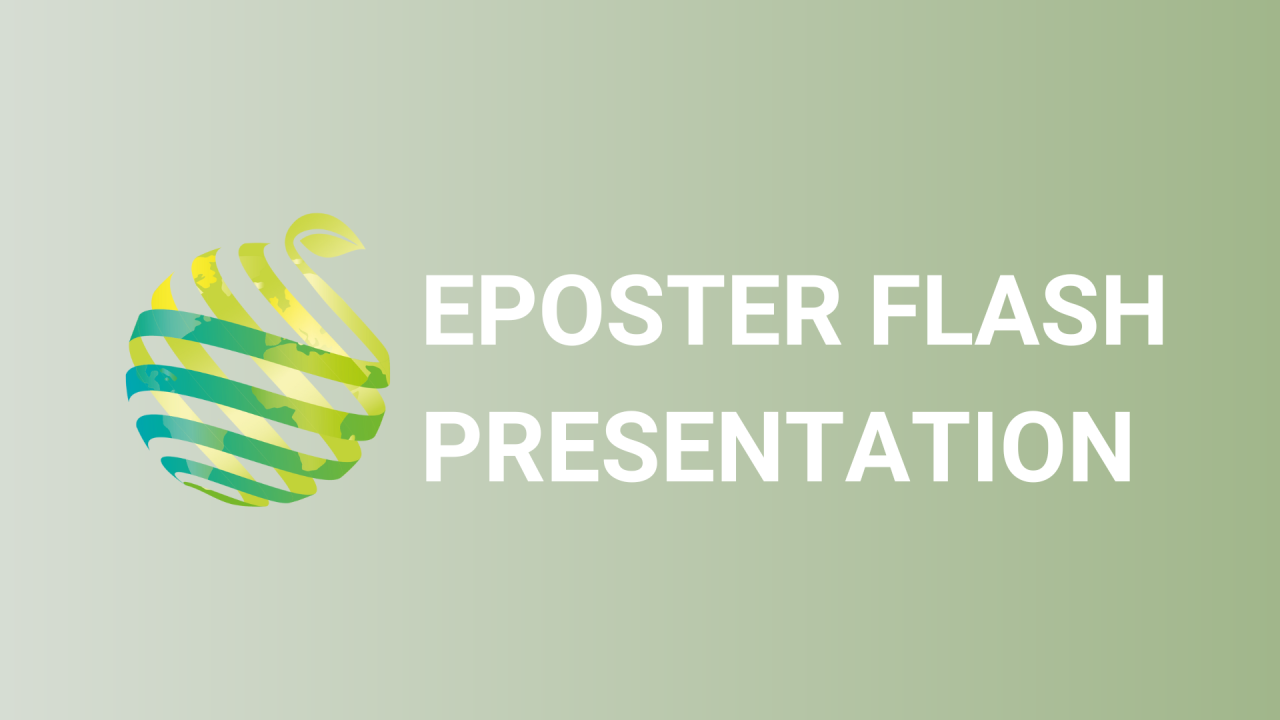

S16 - Session P3 - Effect of different biostimulants and foliar fertilisers on fruit quality in A. chinensis var. chinensis in Italy
Information
Authors: Francesco Spinelli *, Irene Donati , Claudia Onofrietti , Niccolò Raule, Antonio Cellini, Davide Pellegrini, Evangelos Xylogiannis
Along with the increase of production efficiency, the reduction of environmental impacts of crop management has become a key objective for growers. The use of Plant Growth Regulators (PGR) and foliar fertilization is a sustainable strategy to boost kiwifruit productivity, fruit quality and storability with a minimal impact on the environment. Biostimulants are exogenous compounds influencing plant physiology by mimicking plant hormones. Similarly to natural hormones, they are able to induce several different effects on crop plants, and therefore they have found several applications in fruit production, from breaking of dormancy to growth promotion. The present research aimed at evaluating the effects of different biostimulants on quality, production and post-harvest storage of A. chinensis var. chinensis at different harvesting time (early, main and late pack). Experiments were performed for two consecutive years in 2 different orchards in Latina area (Italy). Single or multiple application of urea (2% plus micronutrients), Forchlorfenuron (0.92%), naphtaleneacetic acid (NAA, 1.44%) plus P, K and micronutrients and NAA (0.3%)/gibberellic acid (GA3, 0.15%) plus NPK were tested on standard- and high-crop load vines. The effect of bioregulators depended on crop load and harvest date, however they generally increased fruit dry matter and size, and reduced post-harvest losses due to storage breakdown disorder (SBD). From the economic point of view, in the first orchard, P, K and NAA/GA3 treatments provided the best return both in standard (+54% and +50%, respectively) and in high crop load (+34% and +30%, respectively). In the second orchard, triple application of NAA/GA3 provided the highest economic return compared to others in both standard and high crop load (+31% and +28%, respectively), followed by the double application of NAA/GA3 with standard crop load (+21%).